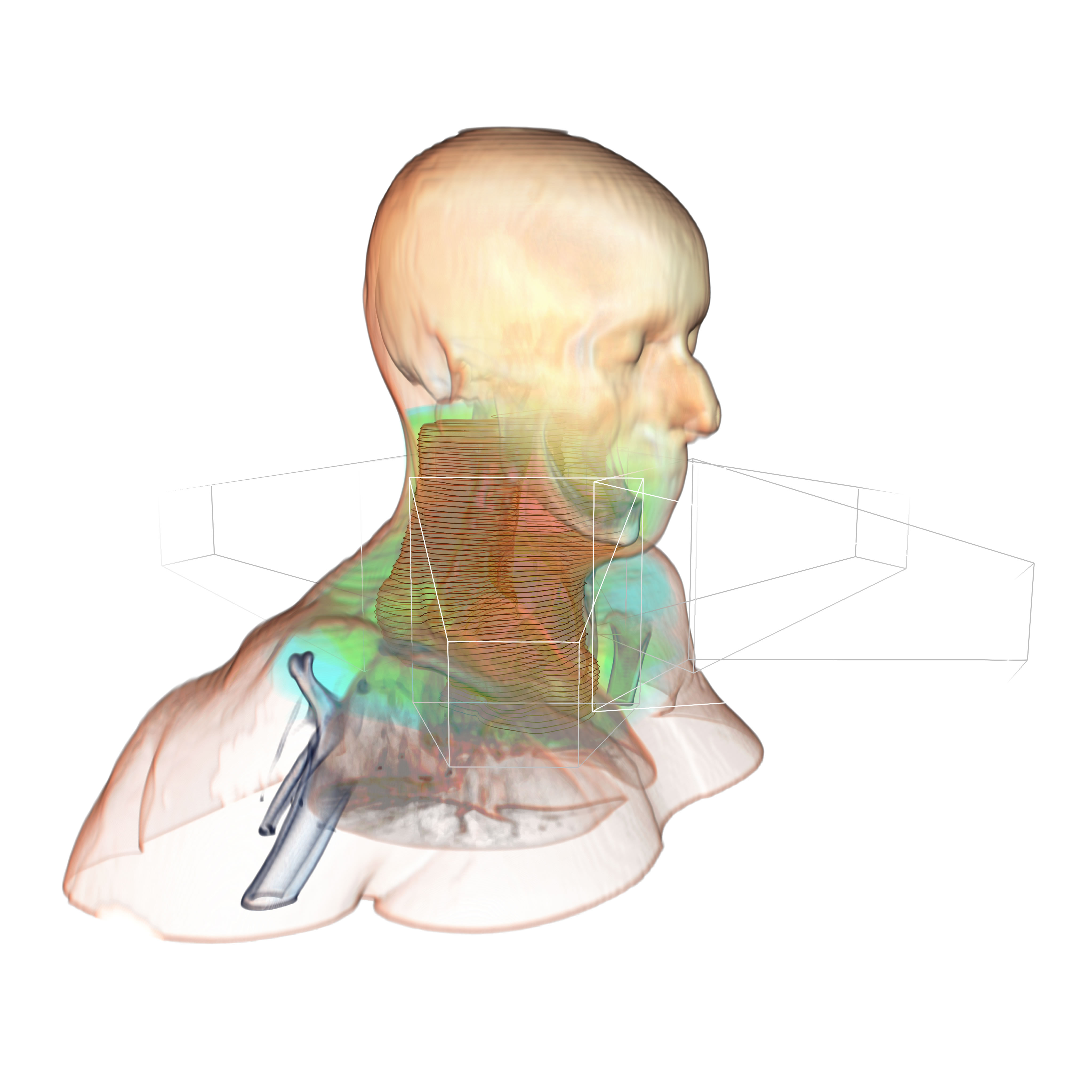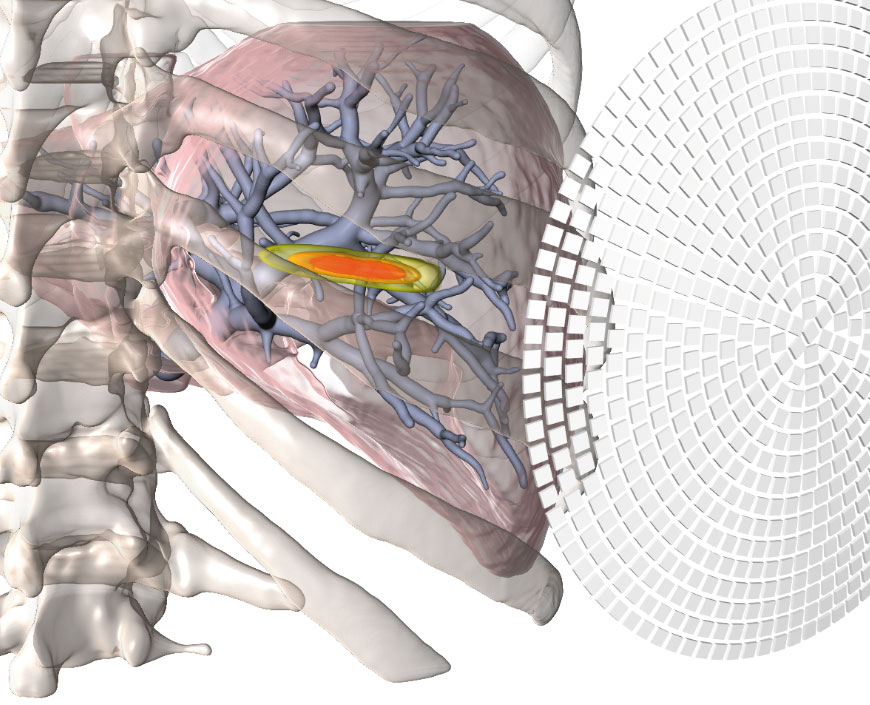Mission
We develop mathematical models and numerical simulations of biophysical and biomedical processes for clinical use. In close collaboration with other areas of medical image computing, we support diagnosis and therapy.
By complementing medical imaging with computational modeling, our approaches reveal information that is not directly visible, thus enabling radiology beyond the eye.
With a portfolio of patient-specific biophysical models, simulations, and mathematical optimization techniques, we predict and optimize treatment and therapy outcome. We pave the way for clinical translation by verification, validation and uncertainty quantification following FDA standards and quality assurance according to ISO13485.
 Fraunhofer Institute for Digital Medicine MEVIS
Fraunhofer Institute for Digital Medicine MEVIS

